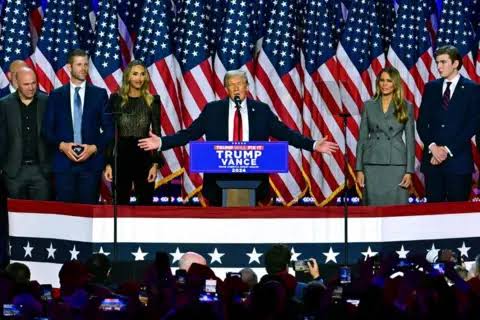NEWS
Trump Signs Off on 25% Steel, Aluminum Tariffs in Major Policy Shift.

In a significant development on February 10, 2025, President Donald Trump officially signed off on a sweeping trade policy, imposing a 25% tariff on all steel and aluminum imports into the United States. The new tariffs, effective March 4, 2025, mark a dramatic shift in U.S. trade relations, with no exceptions for any foreign nations—including close allies such as Canada, Mexico, and South Korea.
The administration has justified the move as a necessary measure to protect U.S. industries, reduce reliance on foreign production, and revive the American manufacturing sector. According to President Trump, these tariffs are a response to ongoing trade imbalances and an effort to ensure that American steel and aluminum producers can compete fairly in the global marketplace.
However, the tariffs have already sparked significant backlash from several countries, particularly those in the European Union. The EU has condemned the tariffs and warned of potential retaliatory actions to safeguard its own industries. Despite these tensions, the United Kingdom has opted to negotiate an opt-out, underscoring the importance of maintaining open trade relations with the U.S. while expressing concern over the broader implications for global commerce.
In response to these developments, China has already begun imposing retaliatory tariffs on U.S. goods, adding another layer of complexity to the ongoing trade disputes. The tariffs on steel and aluminum could be just the beginning, as President Trump has indicated that future tariffs may target other industries, including copper, pharmaceuticals, and computer chips.
The global reaction to this policy shift suggests that trade relations between the U.S.


















